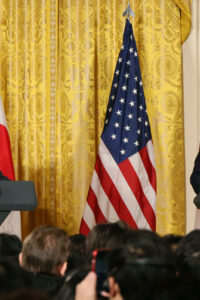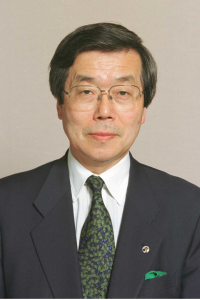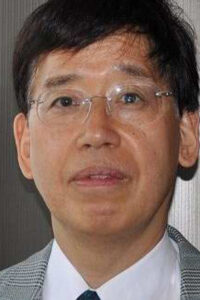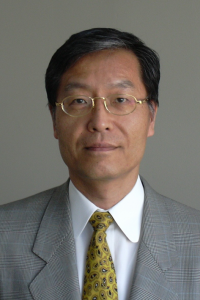
< Key Points > Shortening working hours and reducing university tuition fees are effective. Initiatives to eliminate waiting lists for nursery school enrollment and provide free preschool education should also be pursued. Improvements in labor productivity and childhood poverty rates could also be at-tained. If increasing the fertility rate and birthrate are set as policy goals, a society might be created in which people that do not have children feel pressured. The policy goal of taking measures to address the declining birthrate should be to create an environment in which people who want to give birth to children can do so. The government has set the goal of realizing the expected fertility rate of 1.8 by 2025. This numerical target is based on an estimate of the number of children desired by the child-rearing generations gauged from nationwide surveys in 2010. Because the fertility ... ... [Read more]








